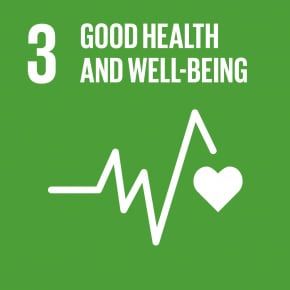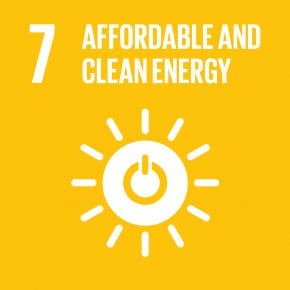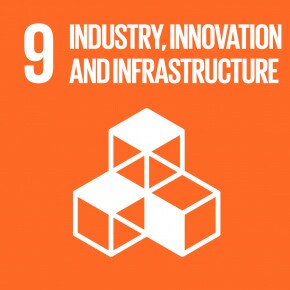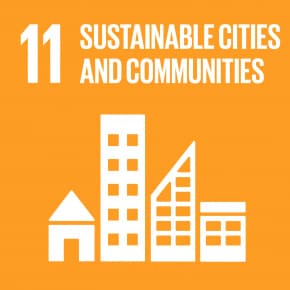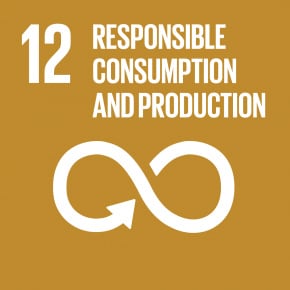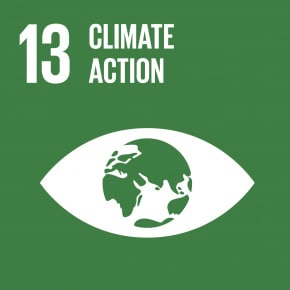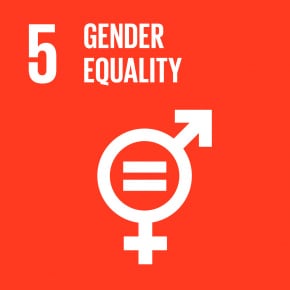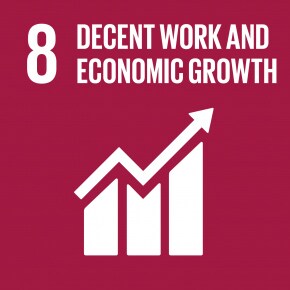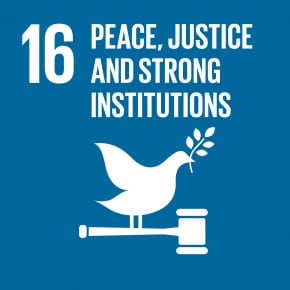Sustainability | Sustainability Management | Key CSR Issues Summary of Key CSR Issues (FY March 2016–20)
- Summary of Key CSR Issues
- Contribute to the World through Technology
- Develop Human Resources
- Consider the Societal and Environmental Impact of the Supply Chain
- Develop and Prosper in Harmony with the Global Environment
Summary of Key CSR Issues
After considering the degree of impact of background social issues
from the viewpoint of the TDK Group and the perspective of
stakeholders, the TDK Group addressed the four areas of
“Contribute to the world through technology,” “Develop human
resources,” “Consider the societal and environmental impact of the
supply chain,” and “Develop and prosper in harmony with the global
environment” as key CSR issues in FY March 2016–20.
Regarding each key CSR issue, important themes set to promote
initiatives more effectively were reviewed each year at the time
of the compilation of business plans in consideration of social
trends and other factors and decided after approval by the
Executive Committee. In FY March 2020, we reviewed this materiality
at the time of the compilation of the new Medium-Term Plan, and
identified materiality, defined as key issues that receive the
priority investment of the organization's management resources and
be tackled to achieve the Medium-Term Plan and achieve both a
sustainable society and corporate growth.
Here we summarize the key CSR issues addressed in FY March 2016–20.
As shown below, TDK continues to tackle these key issues in the
new materiality.
- Contribute to the World through Technology > EX (Energy transformation), DX (Digital transformation), Quality Management
- Develop Human Resources > HR Management
- Consider the Societal and Environmental Impact of the Supply Chain > Supply Chain Management
- Develop and Prosper in Harmony with the Global Environment > EX (Energy transformation)
-
◆Risks and opportunities
These refer to opportunities that are created by addressing key CSR issues (materiality) relevant to SDGs and risks that are presented by not engaging in the efforts.
-
◆Key themes
Each year, we review key themes based on social trends at the time of formulating a business plan and make a decision after obtaining approval in the Executive Committee.
Contribute to the World through Technology
| ◆Risks | ◆Opportunities |
|---|---|
|
|
◆Key theme 1: Addressing Social Issues by Developing New Kinds of Products the World Has Not Yet Seen
| Main initiative items | Functions |
|---|---|
|
|
◆Key theme 2: Pursue Zero-defect Product Quality
| Main initiative items | Functions |
|---|---|
|
|
Results of Key CSR Issues
Key theme 1:
Addressing Social Issues by Developing New Kinds of
Products the World Has Not Yet Seen
Building of setup to address SDGs in our main business
Examples of business creation starting from social issues are evident in the TDK Group around the world. See here for details.
Key theme 2:
Pursue Zero-defect Product Quality
Continued updating of product quality education and global deployment in pursuit of zero-defect product quality
Number of languages of translated product quality education contents
Develop Human Resources
| ◆Risks | ◆Opportunities |
|---|---|
|
|
◆Key theme 1: Develop Global Human Resources
| Main initiative items | Functions |
|---|---|
|
|
◆Key theme 2: Cultivate a Corporate Culture that Respects Diversity
| Main initiative items | Functions |
|---|---|
|
|
Results of Key CSR Issues
Key theme 1:
Develop Global Human Resources
Introduction of global management training program and expansion of participation by region and level
Global operation of English language study program and promotion of foreign language proficiency
Number of people completing the TCDP
(cumulative total for FY March 2018–20)
Number of participants in English language study program
(cumulative total for FY March 2018–20)
Annual training hours per person
(FY March 2020)
Key theme 2:
Cultivate a Corporate Culture that Respects
Diversity
Compilation of Diversity & Inclusion Policy
Establishment of special department for diversity promotion
Formulation of global competency for top management
Consider the Societal and Environmental Impact of the Supply Chain
| ◆Risks | ◆Opportunities |
|---|---|
|
|
◆Key theme 1: Consider the Work Environment at Manufacturing Sites
| Main initiative items | Functions |
|---|---|
|
|
◆Key theme 2: Consider the Work Environment of Suppliers
| Main initiative items | Functions |
|---|---|
|
|
◆Key theme 3: Responsible Sourcing of Minerals
| Main initiative items | Functions |
|---|---|
|
|
Results of Key CSR Issues
Key theme 1:
Consider the Work Environment at Manufacturing Sites
Continued 100% implementation every year of CSR self-checks at manufacturing sites
CSR self-check implementation rate
(FY March 2016–20)
Continued 100% implementation every year of labor and human rights/ethics risk assessment at manufacturing sites
Labor and human rights/ethics risk assessment implementation rate
(FY March 2016–20)
Key theme 2:
Consider the Work Environment of Suppliers
Increase of 6.8 points in ratio of CSR compatible suppliers
CSR compatible supplier ratio
Increase from 91.2% in FY March 2017 to 98.0% in FY March 2020
Continued 100% implementation every year of CSR self-checks at dispatch companies used by manufacturing sites in high-risk countries
CSR self-check implementation rate
(FY March 2017–20)
Key theme 3:
Responsible Sourcing of Minerals
Increase of 11.3 points in ratio of confirmed conflict-free suppliers
Confirmed conflict-free supplier ratio
FY March 2016: 83.2%; FY March 2017: 92.3%; FY March 2018: 92.6%; FY March 2019: 93.1%; FY March 2020: 94.5%
Develop and Prosper in Harmony with the Global Environment
| ◆Risks | ◆Opportunities |
|---|---|
|
|
◆Key theme 1: Reduce Environmental Load throughout Life Cycle Stages
| Main initiative items | Functions |
|---|---|
|
|
◆Key theme 2: Creating a Framework for Gauging Product Contributions
| Main initiative items | Functions |
|---|---|
|
|
Results of Key CSR Issues
Key theme 1:
Reduce Environmental Load throughout Life Cycle Stages
The TDK Environmental Vision 2035 calls for halving of the CO2 emission basic-unit in a life-cycle perspective by 2035. Among other things, TDK is promoting the reduction of CO2 emissions at manufacturing sites and in distribution, the expanded use of renewable energy, the reduction of resource procurement, and the increased contribution to the reduction of CO2 through products.
Key theme 2:
Creating a Framework for Gauging Product Contributions
Continuation of activities in cooperation with industrial organizations and continued implementation of measures to promote the diffusion of calculation work in the Group

